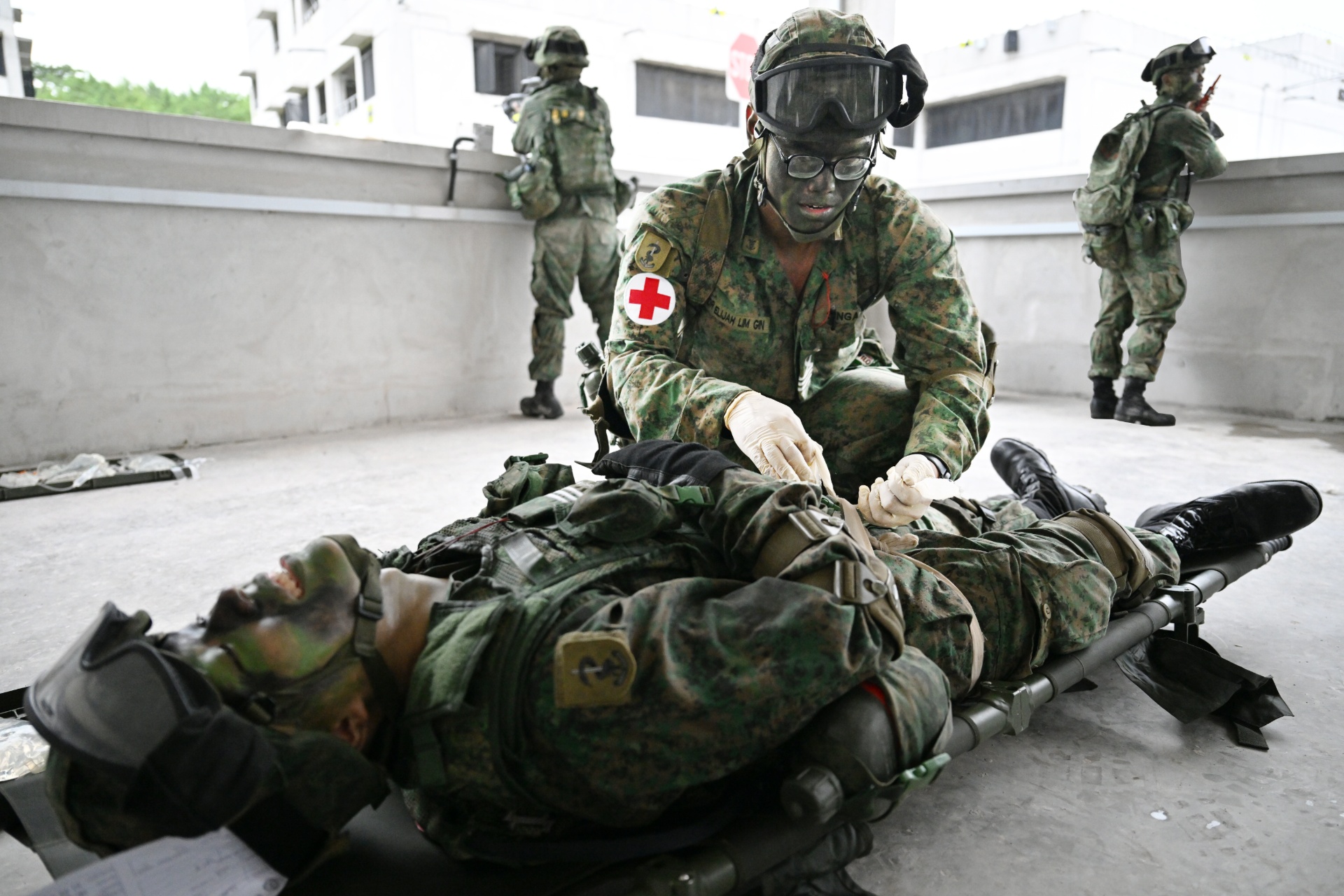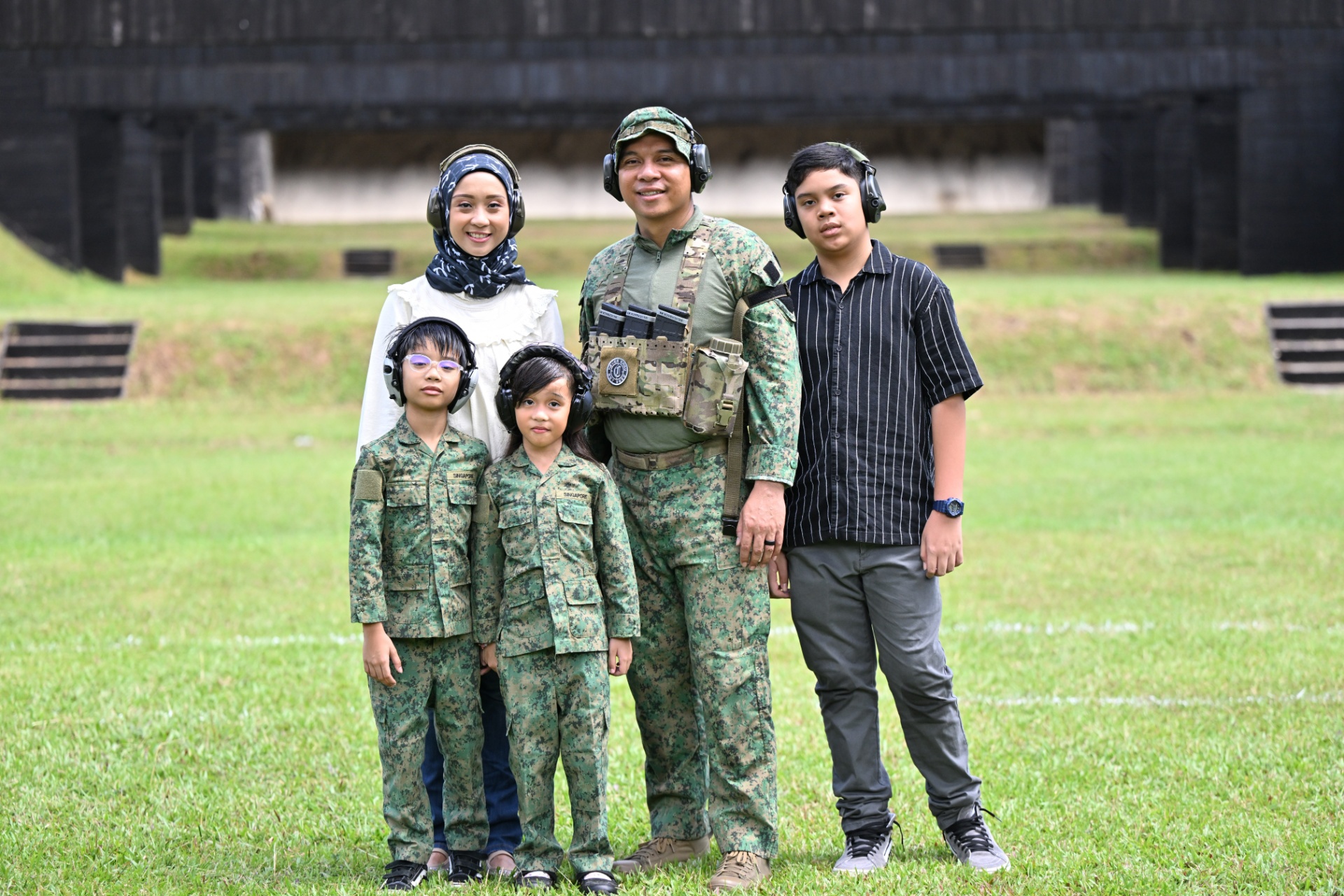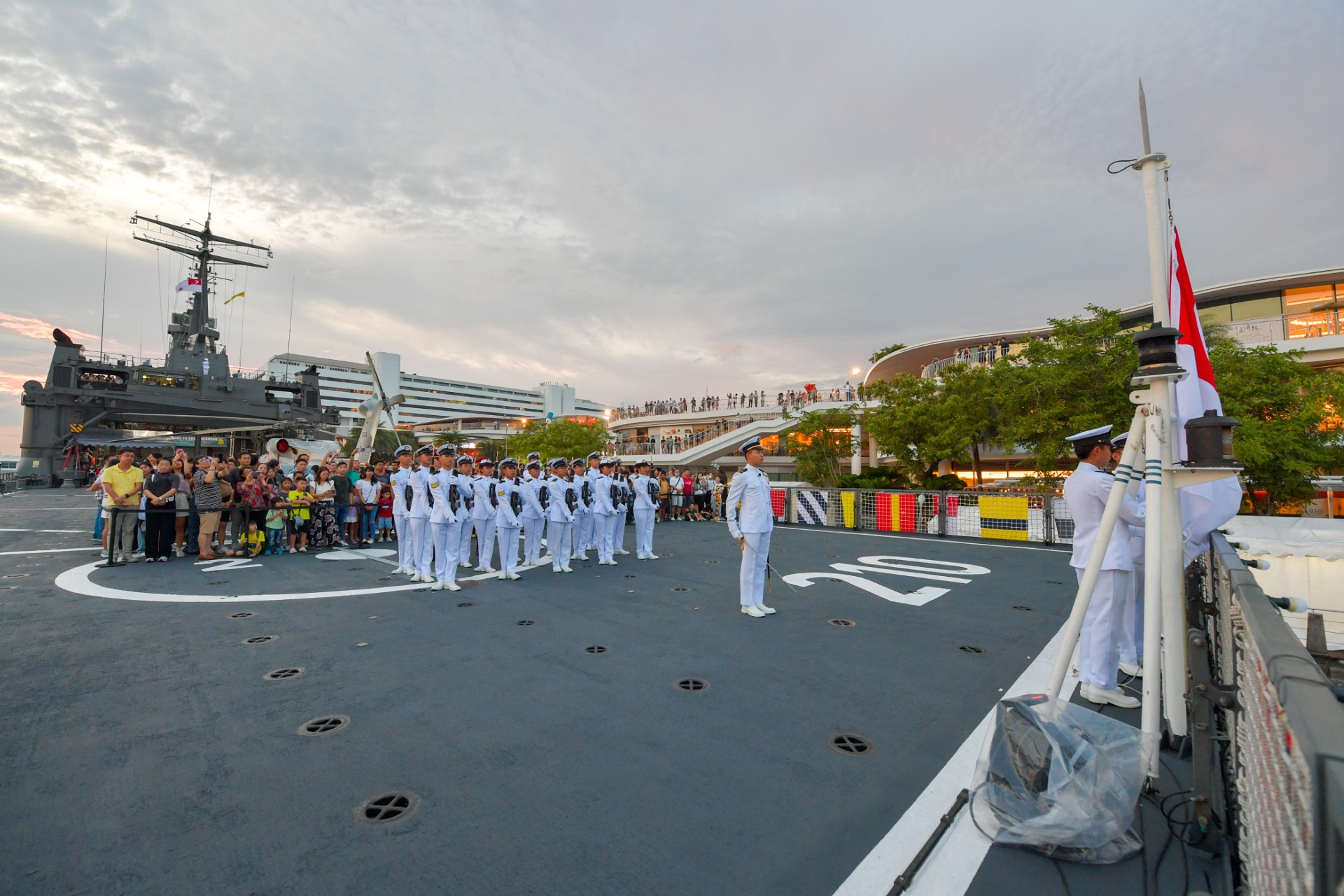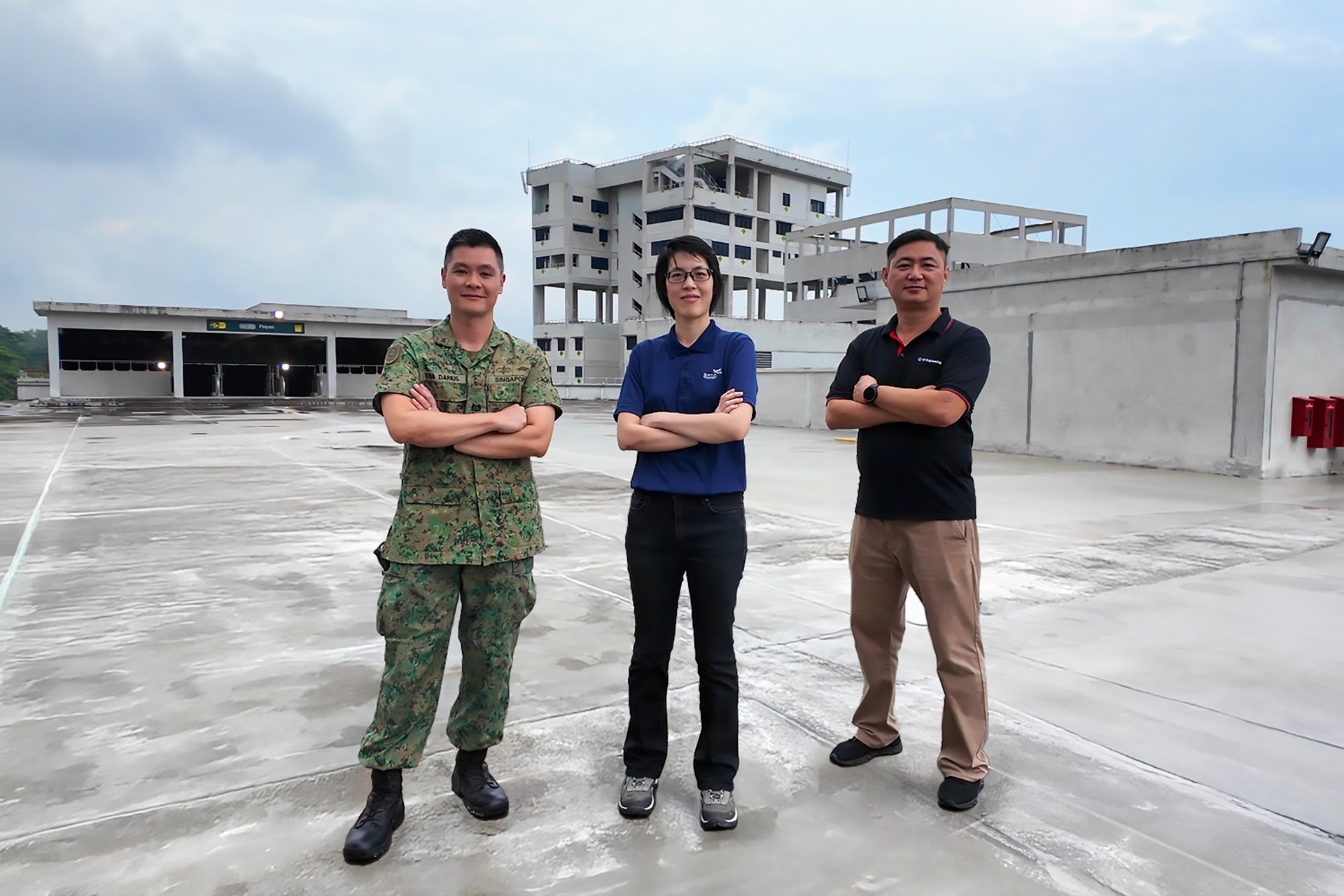THE LEGACY SERIES: VETERAN OF THE SKIES
PHOTO // Courtesy of Royal Air Force Air Historical Branch, UK
In the first of a three-part series on historical military platforms, PIONEER looks inside the cockpit of the Hawker Hurricane Mark I fighter aircraft (circa 1932).
While the idea of fabric-winged fighter aircraft dominating the skies may seem preposterous by today's standards, in its heyday, the Hawker Hurricane Mark I was regarded as the fighter aircraft to have. This was especially so when the fighter was used to defend British airspace in 1940 - the height of World War II - and when the majority of the Royal Air Force's (RAF's) 36 fighter squadrons were equipped with Hurricanes.
A single-seat fighter aircraft built predominantly by the now-defunct Hawker Aircraft Limited Company, it accounted for the majority of the RAF's aerial victories during the Battle of Britain (10 Jul to 31 Oct 1940). The fight for air supremacy over the skies of Britain was crucial as it determined whether the Axis powers led by Germany would launch a full-scale land attack on the British homeland.
The heaviest fighting in the Battle of Britain took place between 8 Aug and 21 Sep. Another aircraft - the Supermarine Spitfire - was also involved in the battle, but it was the Hurricane that scored most of the RAF's victories during this period, accounting for almost 1,600 of the claimed 2,739 Luftwaffe (German air force) aircraft downed.
Ready for the field
The first version of the Hurricanes (over 20 variants were eventually produced for various missions) had fabric-covered wings, a wooden two-bladed propeller powered by Rolls-Royce Merlin Mark II or III engines.
Though better technologies existed at the time (the Supermarine Spitfire employed modern production techniques such as stretched metal skin for its fuselage and wings), the Hurricane was the RAF's primary fighter aircraft because of its suitability for its theatre of operations.
Since the Hurricane Mark I often had to be deployed under austere conditions with makeshift landing strips and bare-bones technical support, its simple wing construction was an unexpected boon.
Besides being easily replaced using simple tools, another advantage of the wing construction was that cannon shells could pass through the fabric covering without exploding. Even if some internal structure was damaged, repair work was fairly simple.
In comparison, the same repair work on the Spitfire aircraft would have required far more complex tools to accomplish.
Simple yet deadly
Structurally, the fuselage of Hurricanes Mark I was divided into three sections: forward, central and rear.
The forward fuselage housed the engine. The central portion - the area above the wings - housed the cockpit and equipment. And the rear of the fuselage was a supporting structure that held the tail and rudder.
The central part of the fuselage was reinforced, since it housed the cockpit where the pilot would sit. The cockpit hood was of a rectangular shape and could be slid backwards to allow entry and exit. The front windscreen was bulletproof and on top of the hood was a rear-view mirror.
Immediately in front of and behind the pilot's seat were armour plates that offered some measure of protection. There was also a reinforced section behind the cockpit to protect the pilot in the event of a crash landing.
For weapons, the fighter was equipped with eight fixed 7.7mm Browning machine guns - four in each wing - which the pilot aimed by manoeuvring the aircraft itself.
In combat, these guns proved more than adequate. For example, from 10 Jul to 11 Aug 1940, the Hurricanes fired at 114 German bomber aircraft and shot down 80; scoring a 70 percent rate of success. Although part of these successes can be attributed to the improvisation to use incendiary rounds against the better protected Luftwaffe aircraft, these figures were no less impressive.
Ingenious design
The plans for the Hurricane Mark I were drawn by Sir Sydney Camm - arguably one of the most important aircraft engineers in history - and incorporated several innovative elements.
For example, the cockpit hood was connected to a retractable step in the wing. When the hood was opened, the step would spring out from the wing. Conversely, the step would retract when the cockpit hood was closed.
One of Sir Sydney's design objectives was to have good all-round visibility for the pilot and that resulted in the distinctive "humpback" silhouette of the aircraft. Mounted high in the fuselage, the transparent cockpit hood stretched all the way to the aircraft's rear and provided wide peripheral vision for the pilot.
The most important Hurricane acquisition plan - named Scheme F - was approved in February 1936. It called for 500 Hurricanes and 300 Spitfires by March 1939. In 1934, Hawker Aircraft bought the Gloster Aircraft Company - which had one of the largest aircraft factories in Britain - and production began immediately. By June 1936, the name Hurricane was formally given to the Hawker aircraft designated F.36/34.
Some of the Hawker Hurricanes flown in the Battle of Britain are on display at the RAF Museum in London. For additional information about the planes and more, visit www.battleofbritainbeacon.org/online-exhibitions.

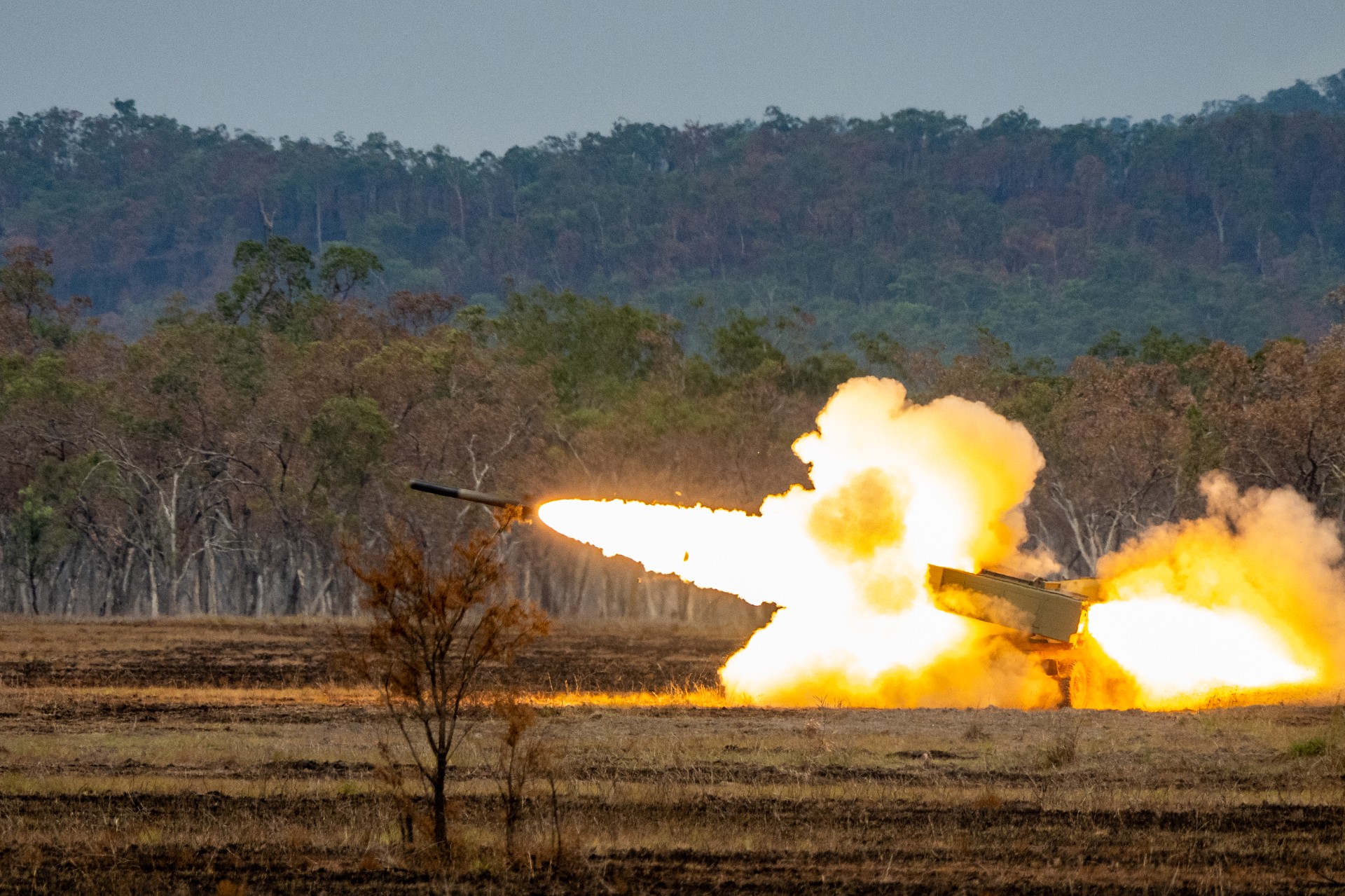
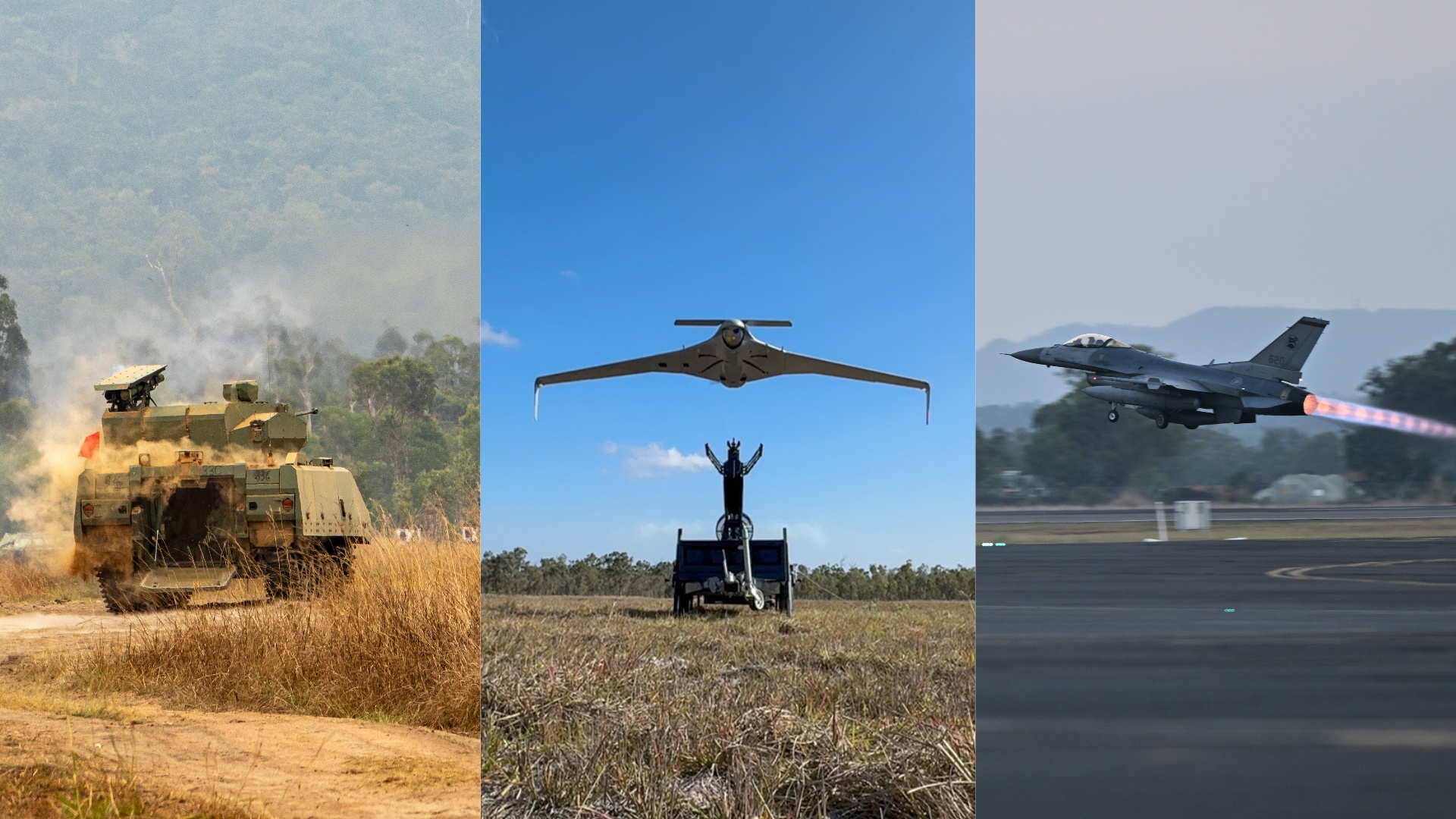
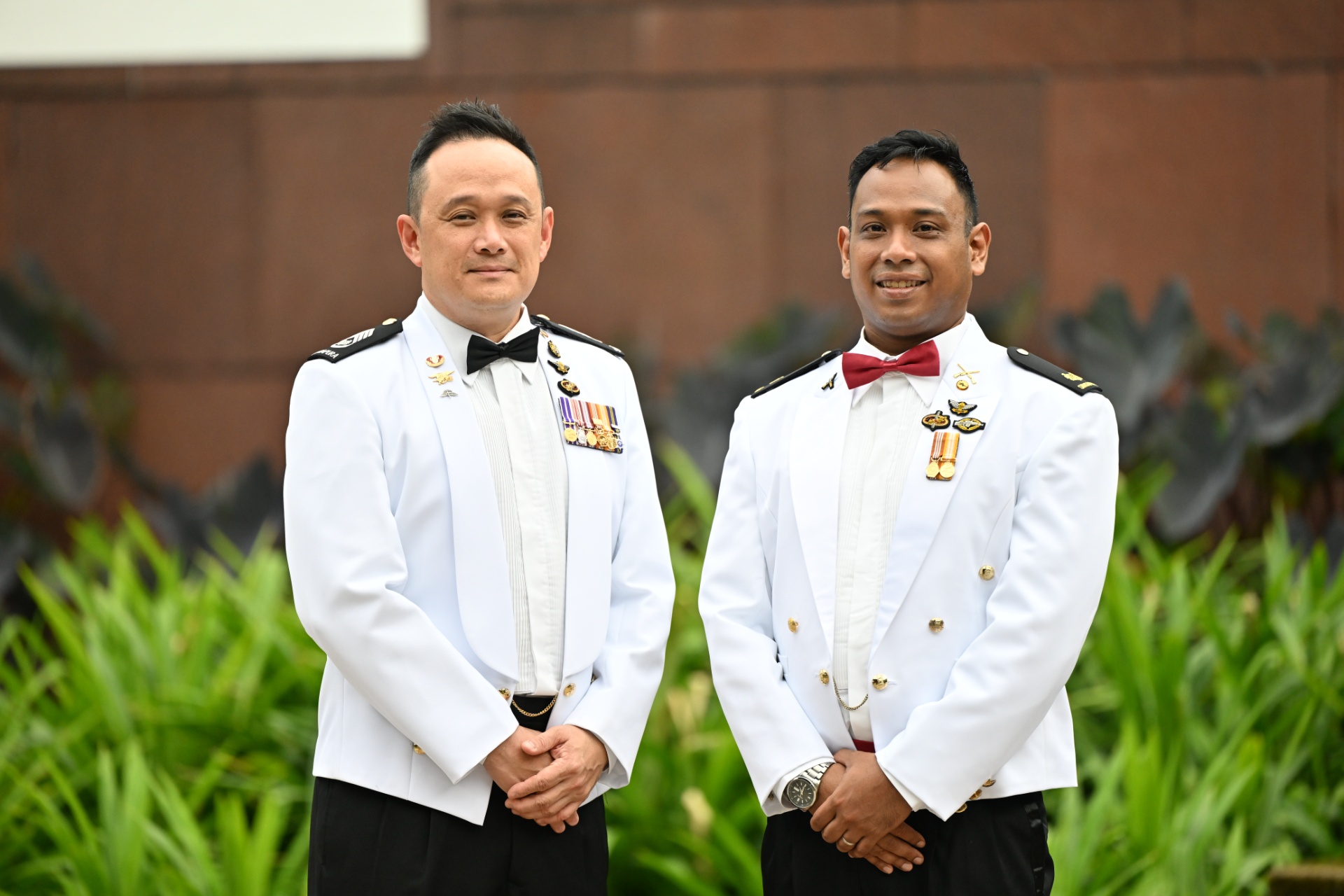
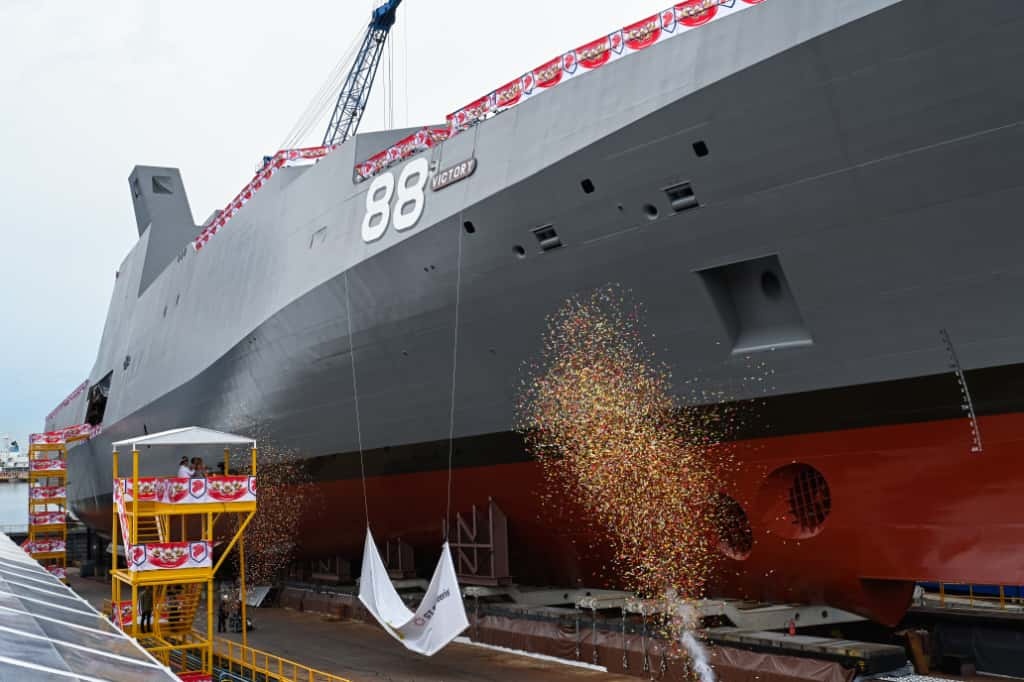
-dsc_2181.jpg?sfvrsn=cf8a503f_1)

